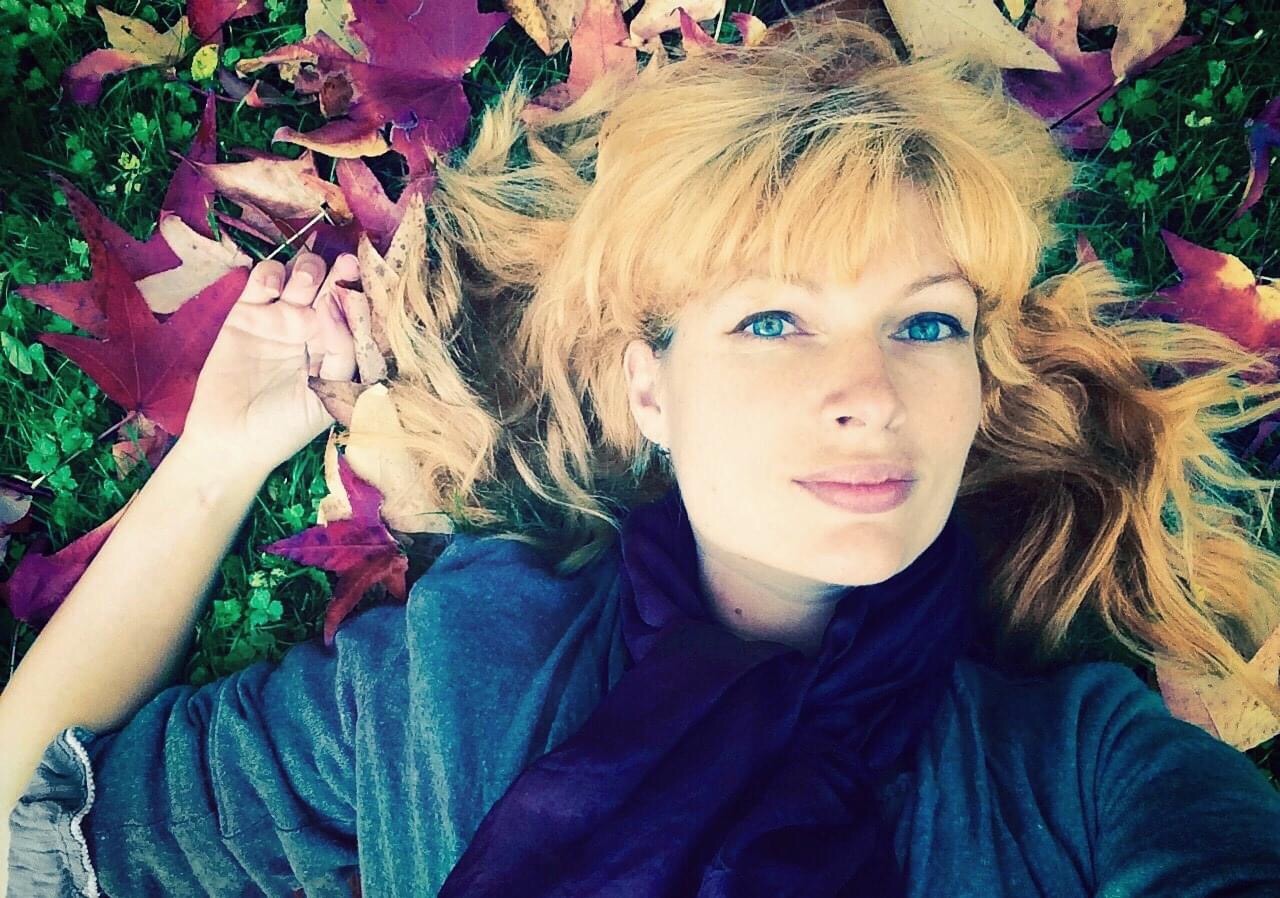What is Hatha Yoga?
- Saraswati Korbanka

- Apr 28, 2020
- 3 min read
Updated: Oct 2, 2020
Waking up to conscious movement

Nowadays we hear about so many different types of Yoga that it can be confusing to know which is which.
The term Yoga is often understood as “physical exercise” in the Western world, whereas in Indian traditions it has a meditative and spiritual core.
The Sanskrit word Yoga means "union, connection" — it is a set of disciplines which brings mastery over the body and the mind, in order to unite our individual consciousness to the whole of creation, to liberate ourselves and realise the greatness of the inner Self.
The Four Paths of Yoga
Jñana Yoga is the Yoga of Knowledge. Its main method is to investigate the Self by exploring the source of our thoughts. This path often attracts intellectuals, and is considered to be particularly challenging.
Bhakti Yoga cultivates Loving Devotion towards the Divine. Said to be the easiest and most accessible way to attain spiritual liberation, it holds great appeal for emotionally sensitive people.
Karma Yoga is the Yoga of Action. Based on the teachings of the Bhagavad Gita, its purpose is liberation from all karma through non-attachment to the fruits of action.
The fourth path is Hatha Yoga : the Sanskrit word hatha meaning “effort, force,” its name literally means Yoga of Effort. Leading to spiritual awakening through physical and mental practices : asana (postures), pranayama (breath discipline) and dhyana (meditation), it appeals to those who enjoy surpassing themselves.
Originally, the aim of the fourth path was the development of siddhis (special abilities) and moksha (liberation). Today, Hatha Yoga is a generic term that refers to any type of Yoga that teaches physical postures — nearly every class taught in the West is Hatha.
The goal of Yoga is spiritual awakening through self-discovery — although many modern classes focus on exercise, overlooking the fact that asana was originally intended to prepare the body for meditation. The aim of meditation itself being self-realisation.
A Brief History of Yoga
Yoga originated in India, many thousands of years ago. Its ancient philosophy comprises valuable practices which can improve our everyday experience of life — from a purely physical perspective to the deeper, more profound quest for meaning.
From the 8th century onwards, India was subject to several successive invasions and occupations, first by the Muslims then by the British. Invaders tend to stamp out the local traditions they disapprove of, and yogic practices soon became forbidden… under penalty of death.
Some sages continued to live and practice in utmost secrecy, hidden in forests or mountain ranges — aspiring yogis had to seek out a guru (master) and study with him for many years, committing his teachings to memory. As it had been traditional, for thousands of years, to pass down teachings verbally from guru to disciple, each yogi’s death was knowledge irredeemably lost.
This went on for several centuries, until Swami Vivekananda brought knowledge of Yoga to America in the 1890s, where it received the active interest of intellectuals. Since then, its theory and practice of correspondence between the physical and the spiritual has spread worldwide.
Western Yoga
As Hatha Yoga, dealing with physical and health practices, is accessible to all, it appeals even to those who are not interested in its spiritual aspects. Although in Indian and Tibetan traditions it also includes ethics, diet, cleansing and meditation, in its Western form it mainly focuses on asana.
It is often simply known as “yoga,” despite the fact that no tradition has the practice of asana at its center. Largely disconnected from spiritual goals, it was created by combining asana with gymnastics.
Western Yoga spread across America and Europe, and then the rest of the world. Modern branches of Hatha Yoga include Ashtanga, Vinyasa, Iyengar, Bikram, Yin, Jivamukti, Kundalini, Kriya, and Sivananda… all are distinctive interpretations of the practice of asana, pranayama and dhyana.
“Same-same but different,” as the Indians say.
Waking Up to Conscious Movement
Saraswati’s Gentle Hatha classes are slow-paced, stimulating and awakening the body. Unlike Yin which is passive and relaxing, Hatha actively involves the muscles in conscious movement and longer holds of simple asana. Maintained awareness throughout the whole session prepares the body and mind for meditation.
“Having become calm and concentrated, one perceives the Self within oneself.”
— Brihadaranyaka Upanishad
(1st millennium BCE)




Comments